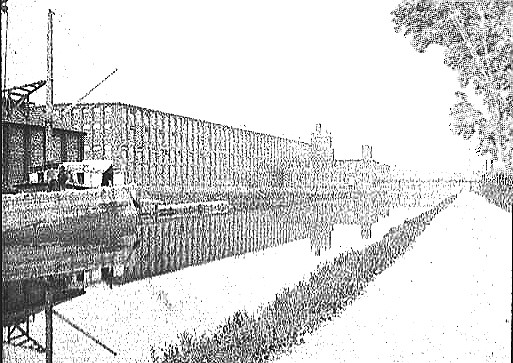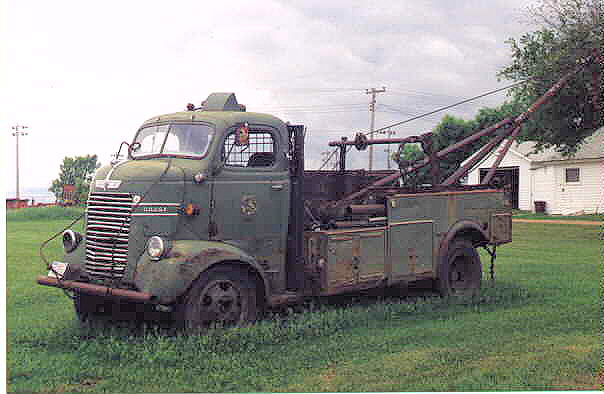

| Home Page | Layout | Layout Tour | Train Page | Rolling Stock | Interchange Page |
The scenery is constructed using various types of styrofoam (both insulating and florists/craft types, even bead board) covered with "ground goop", latex paint and combinations of ground foam, real dirt and various natural materials. The basic techniques were described by Dave Frary, John Nehrich, Ken Osen, Paul Dolkos (November 1993 MR) and others in various magazines from the late eighties on, and by Lou Sassi in the Great Model Railroads tape on his West Hoosic division. Trees are mixed Woodland Scenics, Fiberfill covered with paint and foam, pepper grass and other natural materials. All the varying textures are blended by overpainting with the same pallet of greens, yellows and reds (the timeframe is early autumn, with more color in those areas intended to portray higher elevations or located "to the North" in the layout’s geography ).
Structures are a mixture of kitbashed and scratch built. The majority began as plastic kits, but most have been extensively modified to more closely resemble buildings in the prototype scenes. Very few make it to the layout without some modification. Prominent kitbashes include the Wallingford Junction station (modified from the Memonome Falls kit without the central tower) and the mill at Plainfield ( from the Kibri factory, unfolded and fitted with new ends). Scratch building of those structures which cannot be duplicated from a commercial source is beginning. The first entries will be a New England saltbox style house at Cornwall Bridge and parts of the Windham Lumber Company complex.
 |
Here is the saltbox house, based on the model of John Adams house in the Dover Publications Early New England Village book. |
| One of the old American Thread Company mill buildings in Willimantic. I would love a similar stone mill on the layout. |  |
An important aspect of historical period modelling is the details – some aspects of which are already being lost in obscurity. An excellent reference in the steam/diesel transition era is John Nehrich’s Steam Era Scenery and Structures available from the Rensselaer Railroad Shop. Sometimes this work is missing information, such as what color were mailboxes or fire-hydrants in the 1948-52 period? Questions like this send me scurrying through my color reference books, looking in the odd corners of pictures rather than at the train subjects that are the reason for the photo. (Answers: A NHRHTA calender picture of a bus in New Haven, dated 1952, shows the standard large mailbox painted blue with the red top that I remember from my childhood in the ‘60s. I don’t know when that scheme first came into use, or when the switch to the all blue came about. I would guess that perhaps pre-WWII mailboxes might have been olive green like the mail storage boxes used by walking mailmen. Sometime in the ‘70s for the change to all blue. A photo of a Rutland steam engine in Sweatland’s Green Mountain Railroads dated the same shows a hydrant in dull silver with yellow caps. Another picture of a New Haven RDC in Massachusetts in 1953 shows a black hydrant with red caps.)
Some non-railroad resources can be very helpful as well, look for color books in the photography or history section of the bookstore or library. There are a number of books on classic cars which are a source for information on color and details for your Walters, Alloy Forms or Greg’s Garage vehicles. Be wary that such books may emphasize the more unusual paint schemes rather than the typical. On the net, there are a number of sources on classic cars, including several classified sections which include color pictures. Again, you have to judge if the car shown is in original paint and the quality of the color reproduction thru your browser, but it’s got to be better than making it up!
 |
This 1940's Bell Telephone truck was photographed in South Dakota in 1998! The old Bell symbol was still plainly visible on the truck door. |
 |
 |
Back |
Forward |
This page hosted by
![]()
Get your own Free Home Page